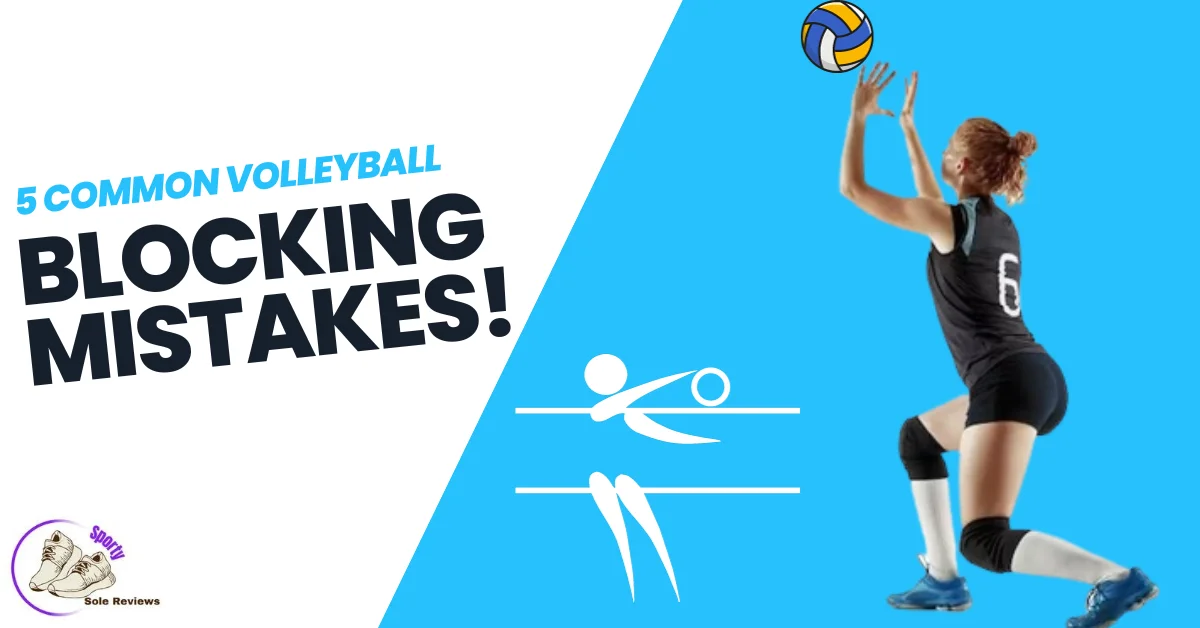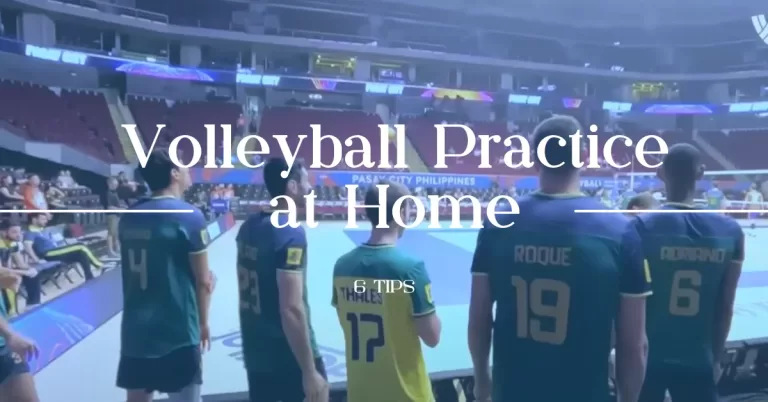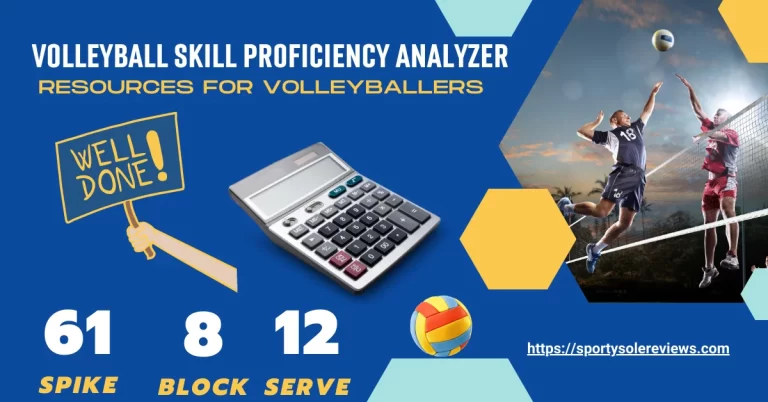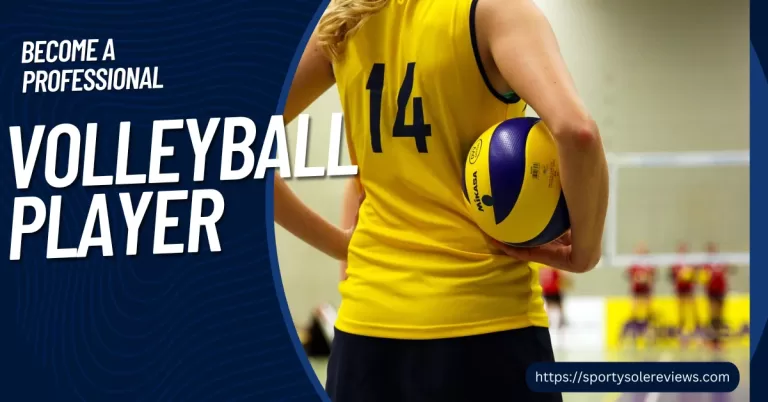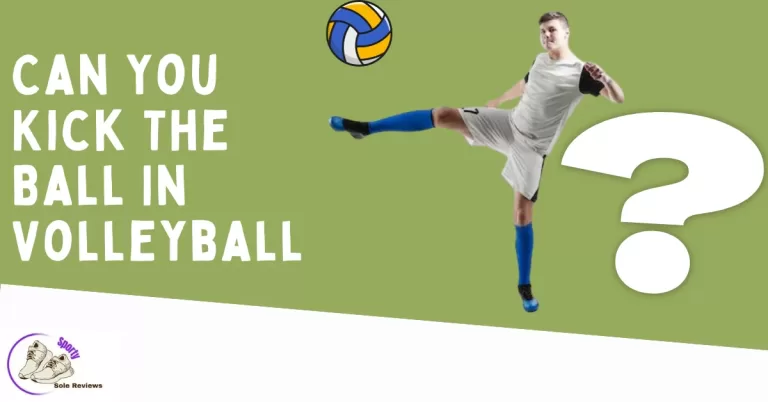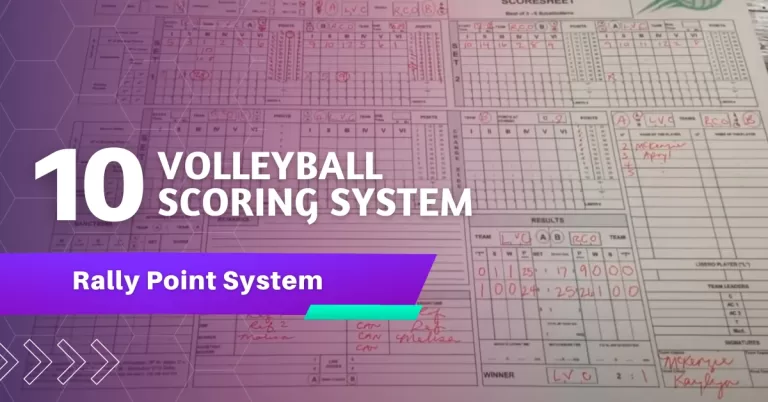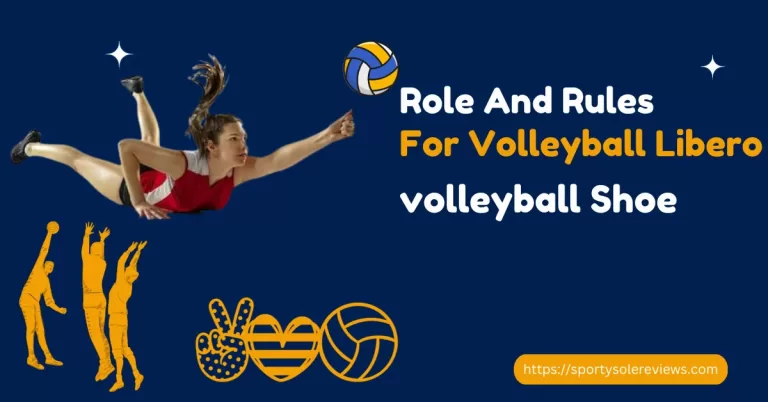5 Common Volleyball Blocking Mistakes to Avoid
You know, that moment when you jump high and shut down the opponent’s attack? Yep, that’s what, as a player, I tell you today. Blocking isn’t just about swatting the ball away; it’s a game-changer! It disrupts the other team’s flow, boosts our confidence, and sets the tone for a winning match. I will explore why blocking rocks and how it can totally turn the game in our favor. Ready to level up your common volleyball blocking mistakes to avoid?
Common Volleyball Blocking Mistakes to Avoid
| Mistake | Description | How to Avoid |
|---|---|---|
| 1. Late Block | Blocking too late, allowing the attacker to hit through the block. | Work on your timing and anticipation. Start your block move early. |
| 2. Poor Footwork | Incorrect foot positioning leading to ineffective blocks. | Focus on proper footwork drills to improve positioning. |
| 3. Overcommitting | Leaving your position to block and creating gaps in the defense. | Stay disciplined and maintain your position until the right moment. |
| 4. Not Reading the Setter | Failing to anticipate the setter’s decision and direction of the set. | Watch the setter’s hands and body language to predict the set. |
| 5. Not Communicating | Failure to communicate with teammates for a coordinated block. | Use verbal cues and hand signals to coordinate with your teammates. |
| 6. Only Blocking Straight Ahead | Ignoring angle and line shots, making it easier for attackers. | Practice blocking different angles to cover more of the court. |
Mistake #1: Incorrect Arm Positioning
One of the most common volleyball blocking mistakes to avoid is incorrect arm positioning. Understanding the importance of arm placement in blocking is crucial for improving your game.
Arm placement matters
Proper arm positioning sets the foundation for an effective block. When your arms are not aligned correctly, you risk leaving gaps for the ball to sneak through. To avoid this, focus on your hand positioning. Your hands should be spread wide with your fingers extended, creating a solid barrier. Additionally, your elbows should be bent and ready to press over the net.
Correcting Arm Position
To rectify this mistake, start by practicing your hand and arm alignment during warm-ups. Pay close attention to keeping your hands high and your fingers spread wide. Visualize yourself forming an impenetrable wall at the net.
Drills for Arm Position Improvement
- Mirror Drill: Partner with a teammate and mirror their blocking movements, paying attention to their arm positioning.
- Wall Practice: Stand in front of a wall and simulate blocking motions. This helps you focus solely on your arm positioning.
Mistake #2: Early Jumps
Common volleyball blocking mistakes to avoid include premature jumps, which stand out as a glaring error. To truly grasp the game’s nuances, one must understand the profound impact of these early launches.
Impact of Premature Jumps
Early jumps leave a player vulnerable. When you leap before the hitter makes contact, you relinquish control. The attacker can easily adjust, sending the ball soaring in a different direction, leaving you flailing mid-air. It’s akin to a premature chess move, revealing your strategy too soon.
Timing the Jump Perfectly
Achieving impeccable timing in your jumps is the antidote. Observe the hitter closely. Focus on their arm and hand movements. As they prepare to strike, crouch slightly, coiled like a spring ready to unleash its energy. Then, explode upward just as the ball leaves their hand.
Exercises to Improve Jump Timing
- Reaction Drills: Partner with a teammate or coach who simulates hits. Train your eyes and body to react precisely when the hitter strikes.
- Video Analysis: Review footage of top blockers. Study their timing, how they read the hitter’s intentions, and when they initiate their jump.
Mistake #3: Failing to Read the Attacker
A critical error often goes unnoticed—the failure to read the attacker. This seemingly subtle lapse can have profound consequences for the outcome of a game.
Significance of Reading the Opponent
Reading your opponent is akin to deciphering a strategic chess move. It grants you a glimpse into their intentions. By failing to do so, you’re essentially playing blindfolded. An attacker’s body language, shoulder positioning, and arm swing can reveal the trajectory of their hit.
Techniques for Better Reading
- Focus on the Hips: The hips don’t lie. Pay close attention to the attacker’s hip orientation; it often hints at their intended direction of attack.
- Eye Contact: Lock eyes with the hitter. Their gaze can give away their target, helping you anticipate their next move.
Game Scenarios to Practice Reading
- Practice Sessions: During team practices, emphasize the importance of reading the attacker. Encourage your teammates to vary their shots, making it challenging for blockers.
- Game Film Analysis: Study game footage to dissect the body language of skilled attackers. Take notes on how they telegraph their hits.
Mistake #4: Undisciplined Double Blocks
One often overlooked blunder is the undisciplined double block. While it may seem like a solid strategy, failing to execute it with precision can lead to detrimental outcomes on the court.
Double Block Strategy
The essence of a double block lies in its strategic power. It involves two blockers working in harmony to thwart the attacker’s path. When executed flawlessly, it forms an impenetrable wall. However, undisciplined attempts can create gaps that attackers exploit.
Coordination Between Blockers
The key to a successful double block is impeccable coordination. Blockers must communicate seamlessly, recognizing the hitter’s approach and jump. It’s akin to a synchronized dance where timing and positioning are everything. As a player, I understand this situation, and I cover all the midline block positions for coordination.
Avoiding Overcommitment
One common pitfall is overcommitting to the block. Blockers, in their eagerness to deny a shot, may jump too early or too high, leaving an opening for the ball to sneak through. It’s like reaching for a cookie jar only to miss and knock it over.
Mistake #5: Net Touch Violations
Within the realm of common volleyball blocking mistakes to avoid, net touch violations often rear their costly heads. These infractions, though seemingly minor, can significantly impact the flow and outcome of a game.
Rules Regarding Net Touch
Volleyball’s rulebook explicitly prohibits players from making contact with the net during play. Even the slightest brush against the net can lead to a point awarded to the opposing team. It’s akin to a tightrope walker losing balance on the wire.
Techniques to Avoid Net Touch
Perfecting one’s technique is paramount. Maintaining spatial awareness is key—always be mindful of your proximity to the net. Additionally, focus on a controlled and precise blocking motion, ensuring your hands penetrate just far enough to disrupt the attacker without grazing the net.
Common Scenarios Leading to Violations
Net touch violations often occur during intense rallies when players are diving for digs or aggressively attempting to block a powerful spike. In the heat of the moment, it’s easy to forget the fine line between a successful play and an infraction.
Conclusion
In the world of volleyball, understanding and rectifying common volleyball blocking mistakes is essential. From arm positioning to net touch violations, mastering the art of blocking requires dedication. Continuous improvement in technique and coordination is the key to elevating your volleyball blocking game. So, hone your skills, stay vigilant, and become a formidable force on the net.
What are some common volleyball blocking mistakes to avoid when attempting to block in volleyball?
Overcommitting to the block too early, leaving gaps in the defense.
Incorrect hand and arm positioning, reducing the effectiveness of the block.
Lack of footwork and timing, leading to missed opportunities.
Not staying disciplined in blocking decisions, falling for hitters’ feints.
How can I improve my hand and arm positioning for better blocking?
Proper hand placement involves forming a wide and sturdy wall above the net. Flex your fingers wide to increase the blocking surface area. Keep your elbows slightly bent for quick adjustments.
What is the significance of timing and footwork in effective blocking?
Timing your jump accurately based on the hitter’s approach maximizes your reach and blocking potential. Utilize the split-step and penetration steps to close the distance to the net quickly and maintain an agile stance.
How can I avoid overcommitting to the block and maintain a strong defense?
Stay patient during the hitter’s approach and avoid jumping too early. Focus on reading the hitter’s intentions before committing to the block. This will help you maintain a solid defensive position and react efficiently.
How can I continuously improve my blocking skills and become a stronger blocker?
Regular practice, working with coaches, and studying video analysis of your technique will help you identify areas for improvement. Embrace the learning process and seek feedback to refine your blocking prowess.

